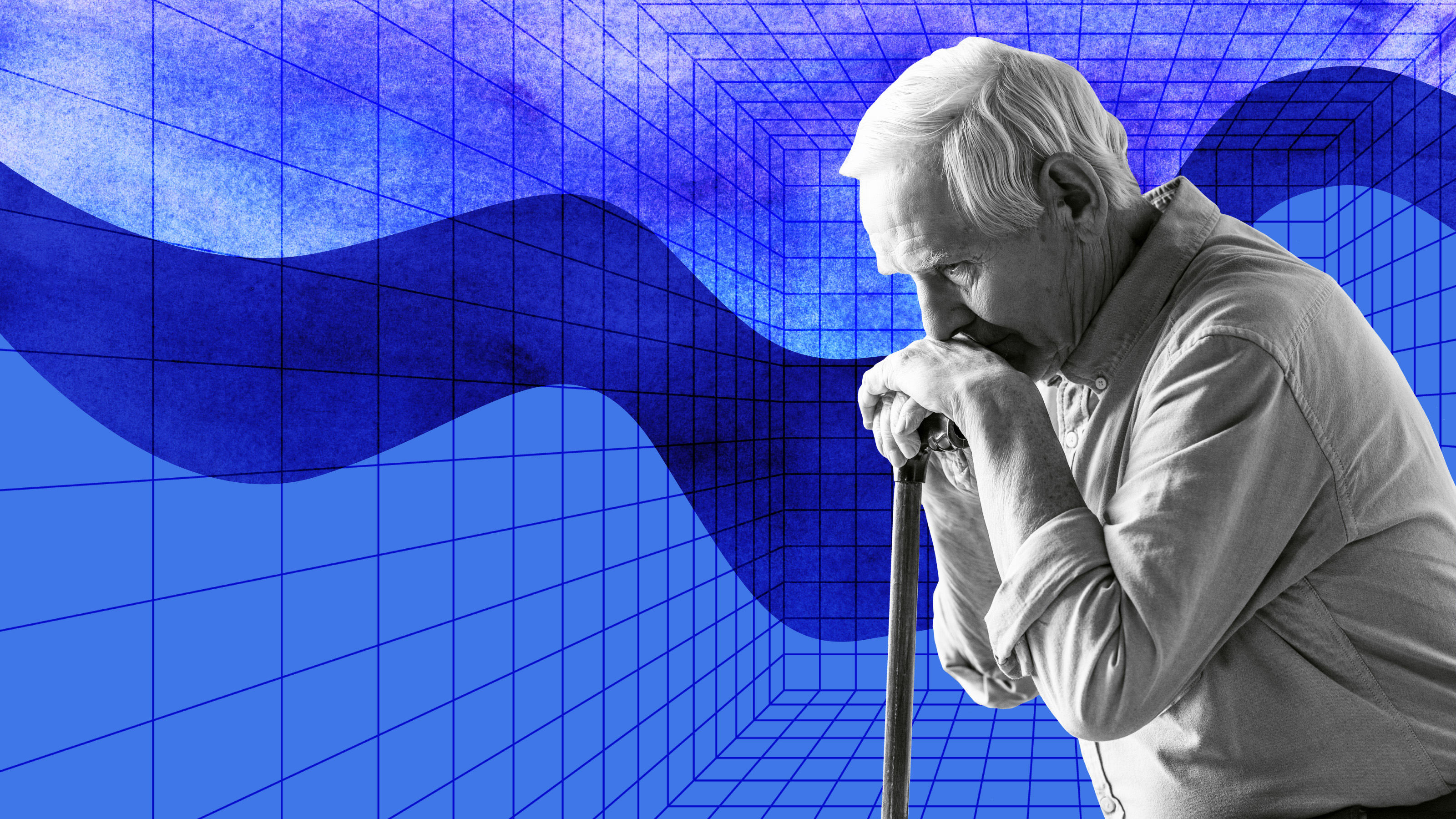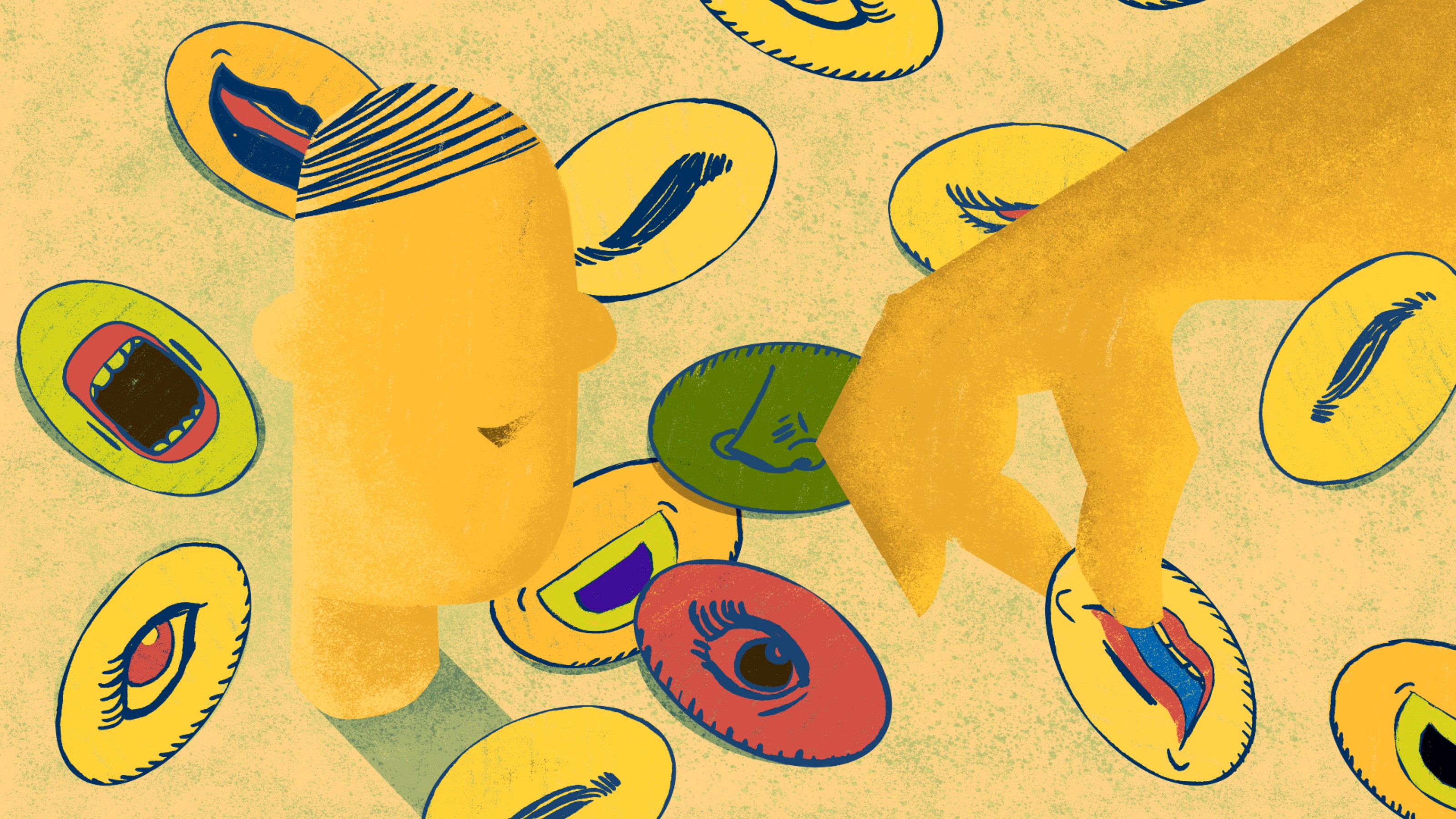Study shatters the myth that BDSM is linked to early-life trauma

Credit: LIGHTFIELD STUDIOS / Adobe Stock
- BDSM is a kind of sexual expression and/or practice that refers to three main subcategories: Bondage/Discipline, Dominance/submission, and Sadism/Masochism.
- It has been widely speculated that many BDSM practitioners or people who enjoy the BDSM lifestyle are drawn to it because of sexual trauma they experienced in the past.
- This 2020 study claims that BDSM practitioners deserve perception as normal sexual practice free from stigmatization rather than deviant behavior.
BDSM is a kind of sexual expression or practice that refers to three main subcategories:
- Bondage and Discipline (BD)
- Dominance and submission (DS)
- Sadism and Masochism (SM)
It has been widely speculated that many BDSM practitioners or people who enjoy the BDSM lifestyle are more drawn to the kinky lifestyle because of sexual trauma they have experienced in the past.
A 2020 study smashed this myth by surveying 771 BDSM practitioners and 518 non-practitioners from the general population. These participants all completed a survey assessing BDSM interests as well as the Brief Trauma Questionnaire that is used to gauge traumatic events, and the Relationships Questionnaire that is used to assess a person’s attachment style.
What is the Brief Trauma Questionnaire?
The BTQ, as it’s referred to by the National Center for PTSD, is a self-report questionnaire derived from the Brief Trauma Interview. This questionnaire is used to assess whether an individual has had an event that meets the criteria for traumatic events.
What is the Relationships Questionnaire?
The RQ, as it’s referred to by the Fetzer Institute, is a four-item survey designed to measure adult attachment styles. There are four main attachment styles: secure, dismissive-avoidant, anxious-preoccupied, and fearful-avoidant. This article does a wonderful job summarizing the various attachment styles by comparing them to relationships on the television show “How I Met Your Mother.”
The Surprising Science of BDSMwww.youtube.com
While many may assume being interested in BDSM may mean you’ve experienced unhealthy or violent relationships/situations in your formative years, this study explains why that myth should be put to rest.
BDSM practitioners across the study scored higher levels of physical abuse in adulthood. However, no significant differences emerged for other traumatic experiences (including childhood physical abuse or unwanted sexual trauma).
There have been many accounts (such as this) from BDSM practitioners that have claimed there is a certain “healing process” involved in finding a trustworthy BDSM relationship after escaping from a toxic relationship. This could account for why people who have experienced physically abusive relationships as adults then turn to the BDSM community and BDSM-related sexual interests.
When it came to the Relationship Questionnaire, people who engaged in the BDSM lifestyle more often scored in the “secure” attachment style than people who were not BDSM practitioners. While many BDSM practitioners had secure attachment styles, there was also a significant spike in anxious-preoccupied attachment styles when it came to people who practiced BDSM. In particular, the “secure” attachment style was associated with BDSM practitioners who identified as “Dominant” and the “anxious-preoccupied” attachment style was associated with people who identified as “submissive.”
There are no findings to support the hypothesis of BDSM being a coping mechanism for early life dynamics or trauma.
This authors of the study claim that BDSM practitioners deserve perception as normal sexual practice free from stigmatization rather than deviant behavior—and the final results of the study support this idea.

Could people who engage in BDSM be more mindful in their relationships?Photo by Tiko on Adobe Stock
While many people insist engaging in BDSM practices means you’ve had significant traumatic experienced that led you to do so, there are some experts that argue BDSM practitioners are actually more in tune with their own psychopathology than people who do not engage in BDSM activities.
BDSM involves a diverse range of practices which can involve role-playing games in which one person assumes a dominant role and the other assumes a submissive role. These activities are often intense and can involve activities such as physical restraint, power plays, humiliation, and sometimes (but not always) pain.
According to a study published in the Journal of Sexual Medicine, people involved in BDSM may actually be more mentally healthy. The study suggests people who engage in BDSM activities often show more extroverted qualities and tend to be more open to experiences and more conscientious. They also tend to be less neurotic and less sensitive to rejection. The study also showed BDSM practitioners had a more secure attachment style, which is supported in the more recent study listed above.
Additionally, it’s been hypothesized that people involved in BDSM are more mindful during sex than those who do not engage in BDSM practices.





